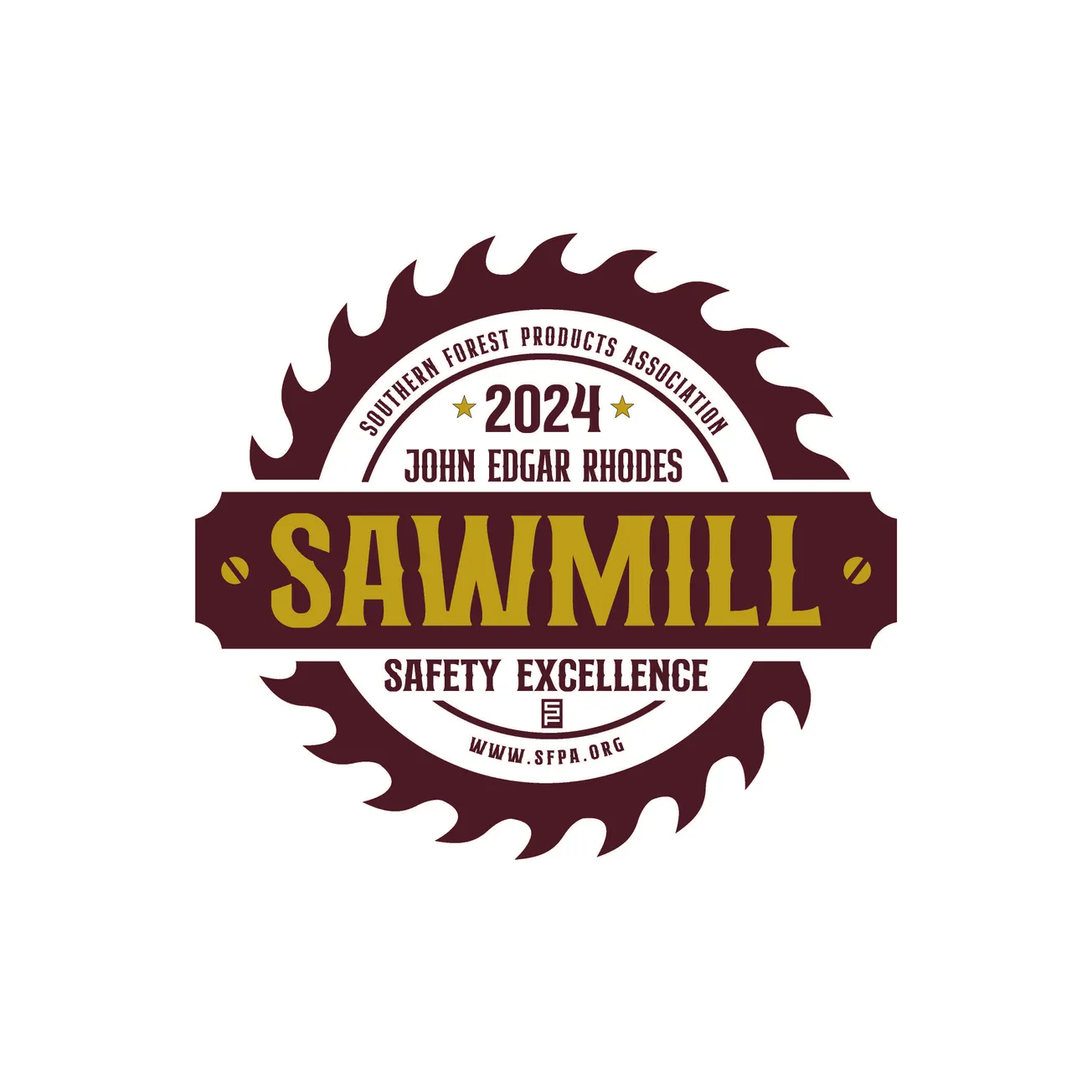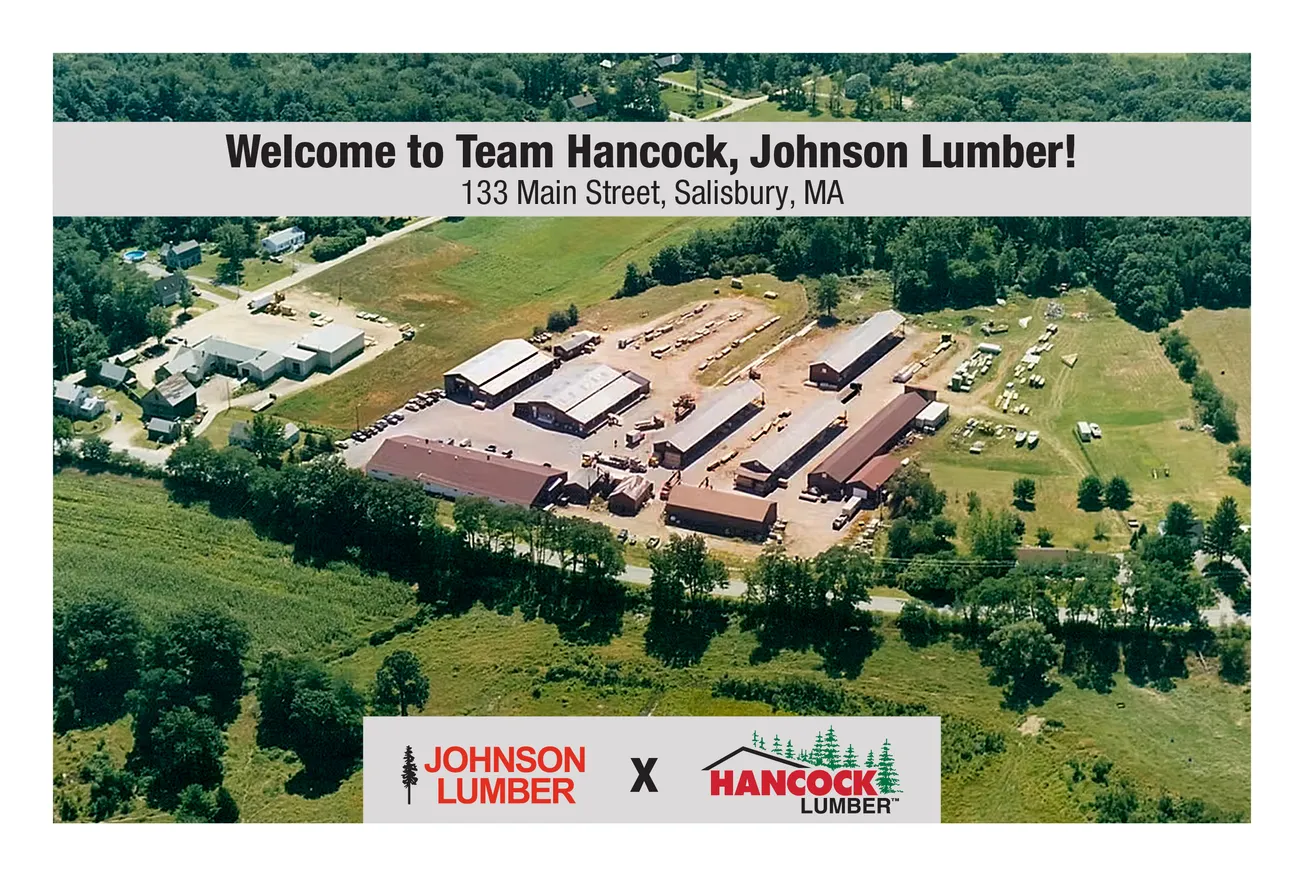Table of Contents
If you go to a taekwondo dojang, you will see all the students in a series of lines. The Master will be in front of the class, the highest black belt will be the first student on the right-hand side of the first line, the next highest black belt will be to their left. This will be the same in each line with the newest white belt being the last student on the left in the last line. Every student will be doing the same moves as the master. The difference is that the black belts are executing these moves with more precision and power.
This is why they say in taekwondo: “Simple but not easy.” The same can be said for sales.
Below are five simple things we can do today to start increasing our sales:
Always Offer More Than One
I sold a great account for 15 years. I sold them onesy-twosy’s for five years, twosy-fivesy’s for five years, and blocks of 20 for five years. The account didn’t change. They had always bought a lot of lumber. I changed, and it made all the difference. I didn’t sell them blocks of 20 on every call, but I promoted blocks of 20 on almost every call. I continued to get onesy-twosy and threesy-fivesy orders but also sold them a block of 20 once every four to six weeks.
We make a vow to always offer more than one on every call to every account. We make the same amount of calls and sell more.
Anything Else?
I was taught to hang up the phone as soon as we can after we get the order so the customer doesn’t change their mind or so we don’t talk our way out of the sale. This is an adversarial approach to sales and just plain wrong.
Before we hang up the phone or walk away from our customer, we simply ask, “Is there anything else we should be working on?” There often will be, and if nothing else we are setting up our next call.
Can You Do Me a Favor?
When we take or cover an inquiry or RFQ from a customer we always ask, “Susan, could you do me a favor on this one?” The customer will naturally say yes. “Could you talk to me before you buy this?” We could ask for “last look” but I think that invites a counter versus a discussion between partners. We then set a firm appointment to discuss how to put the order together.
Right After the Order
The easiest and best time to ask for an order is right after we get one. Our customer’s mind, heart and pocketbook are already open to us. How many calls and how much work have we done to get them to this point? We need to capitalize on it. After they give us the order, we say, “John, thanks for this order. This really is a great deal. I know it’s a great deal because you only buy great deals, so why don’t we put another one on for a couple weeks after the last shipment?”
An alternative is to say, “Sharon, I know this is a great deal. You know why? Because you only buy great deals, so why don’t we put on more than one?”
We’ll know we’re doing it enough when customers begin to say, “Here’s my order on this one… and it’s just one!”
Double Down with Customers Who Love Us
We all have at least a couple of customers who love us. We need to maximize these relationships. Even though they love us, they still spread the business around. We need to dig in, ask a lot of probing questions and figure out how we can better serve them. Rapport is queen/king in sales, and we have worked hard to develop it. These customers will be open to doing more business if we just show that we care more and want more than their other suppliers. This is the fastest and easiest way to grow our business.
Discipline Is Key
Having the discipline to do these little things is key. Doing them every time with every account will grow our sales and profits quickly.









